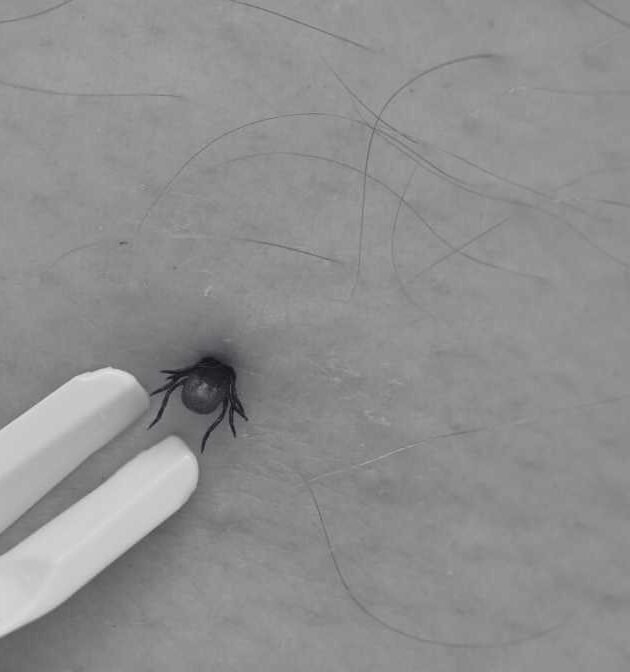
Strategies for Effective Cat Fleas Control
May 15, 2025
Understanding the Life Cycle of a Fly, From Egg to Adult
May 20, 2025
Flies Blog
Learn about the common types of flies in Malaysia, their habits, breeding sites, and effective control methods. Discover how to prevent and manage fly infestations for a cleaner, healthier home.
Managing Various Type of Flies Infestation in Malaysian Properties
The Types of Flies And Root Causes of Fly Infestations
Dealing with flies is a common challenge faced by home and business owners in Malaysia. Especially given our warm and humid tropical climate that provides ideal breeding conditions. From house flies to cluster flies and drain flies, understanding the different types of flies and their life cycle. Our experts shares what causes fly infestation in residential homes and commercial businesses.
And the proper control strategies, maintaining a hygienic living environment. Identify, prevent and manage fly problems effectively with the help of our pest control specialists.
Discover the Types of Flies in Malaysia and How to Prevent Fly Infestation
Types of Flies Commonly Found in Malaysia
Malaysia is home to various fly species, each with distinct behaviours, breeding habits and, health risks. By accurately identifying the fly species, our experts will cater the best fly management solution for your property.
House Flies (Musca domestica)
Size and Coloration
- Approximately 4-8 mm long, with a grey thorax and a slightly darker abdomen. Their wings are transparent, and they have red eyes.
Typical Habitat
- Widely found near food sources, garbage, manure, and decaying organic matter.
Notable Behaviour
- Active during the day, they are excellent flyers that enter homes through open doors, windows, and cracks. House flies breed in moist organic waste such as food scraps and human or pet feces, laying their eggs in these breeding sites.
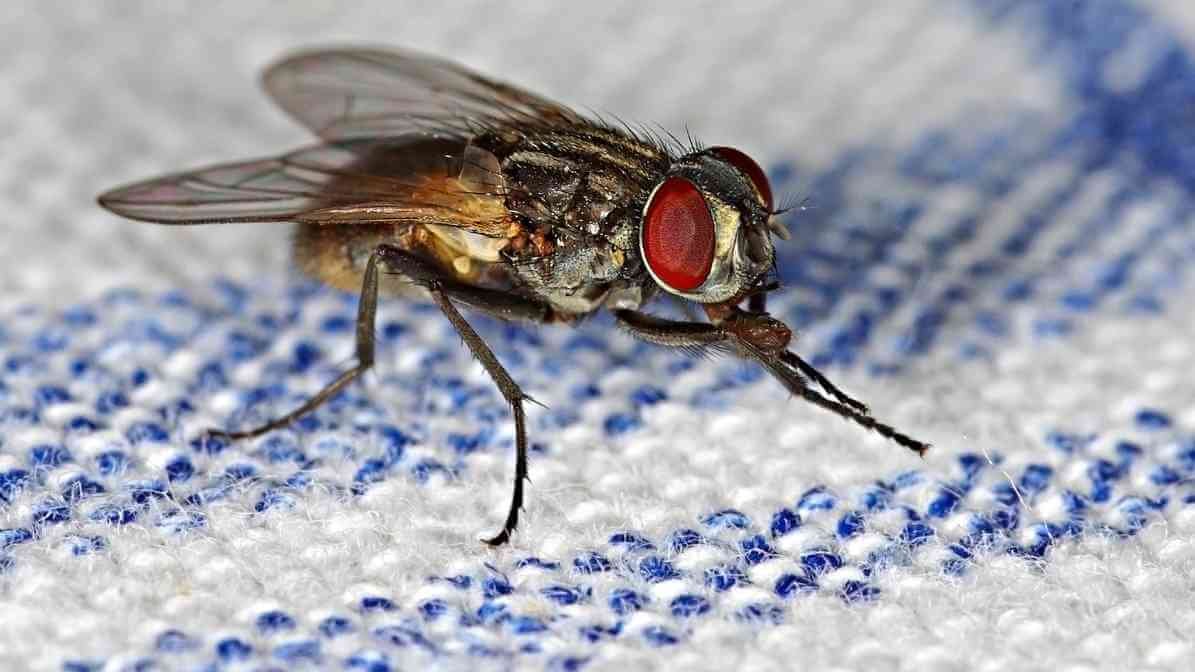
Appearance
The house fly is a small to medium-sized fly with a grey coloration and clear wings. Its characteristic feature includes red compound eyes and sponging mouthparts for feeding.
Habitat
They are most common in homes, kitchens, farms and markets. In areas and places rich in decaying organic matter.
DID YOU KNOW?
House flies can lay up to 500 eggs in their lifetime and larvae develops rapidly in warm, moist environments. Leading into a large numbers quickly if not manage properly.
Drain Fly (Psychodidae)
Size and Coloration
- Approximately 3 - 5 mm long in length with hairy wings that gives a fuzzy appearance. With a grey or slightly brown in colour.
Typical Habitat
- They prefer breeding in drains, sewer pipes and organic buildup in plumbing fixtures.
Notable Behaviour
- Clinging on the walls near the sinks, toilets and drains. They are attract to moist environments and organic matter in plumbing.
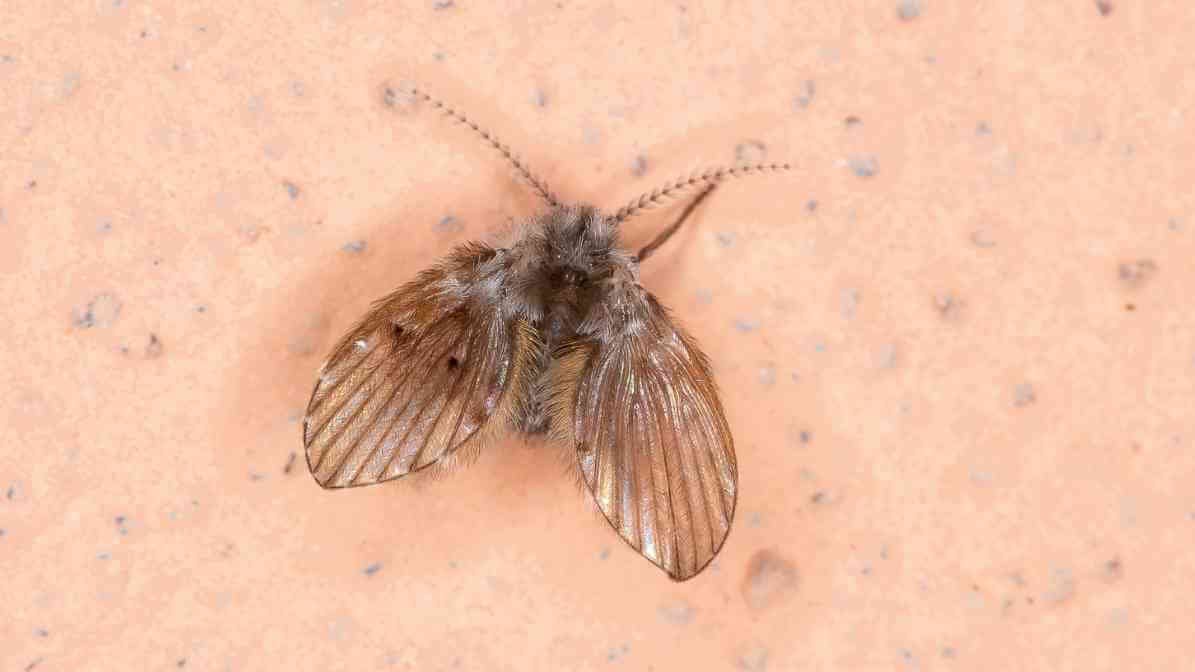
Appearance
Tiny, moth-like flies with fuzzy wings, often seen flying close to the surface of drains or damp areas.
Habitat
Commonly hides in kitchens, bathrooms and unsanitary sewage systems. Especially where organic matter accumulates.
DID YOU KNOW?
Despite their small size, drain flies can multiply rapidly if drains are not regularly clean. This contributes to persistent fly problems in households and commercial spaces alike.
Fruit Fly (Drosophila spp.)
Size and Coloration
- Tiny, about 2-4 mm long, with reddish eyes and a tan or yellow-brown body.
Typical Habitat
- Breed in fermenting fruits, vegetables, and sugary liquids.
Notable Behaviour
- Are attract to ripe, overripe or rotting produce commonly found in kitchen pantry or trash that do not have lids. They hover around kitchen counters, compost bins and fruit bowls.
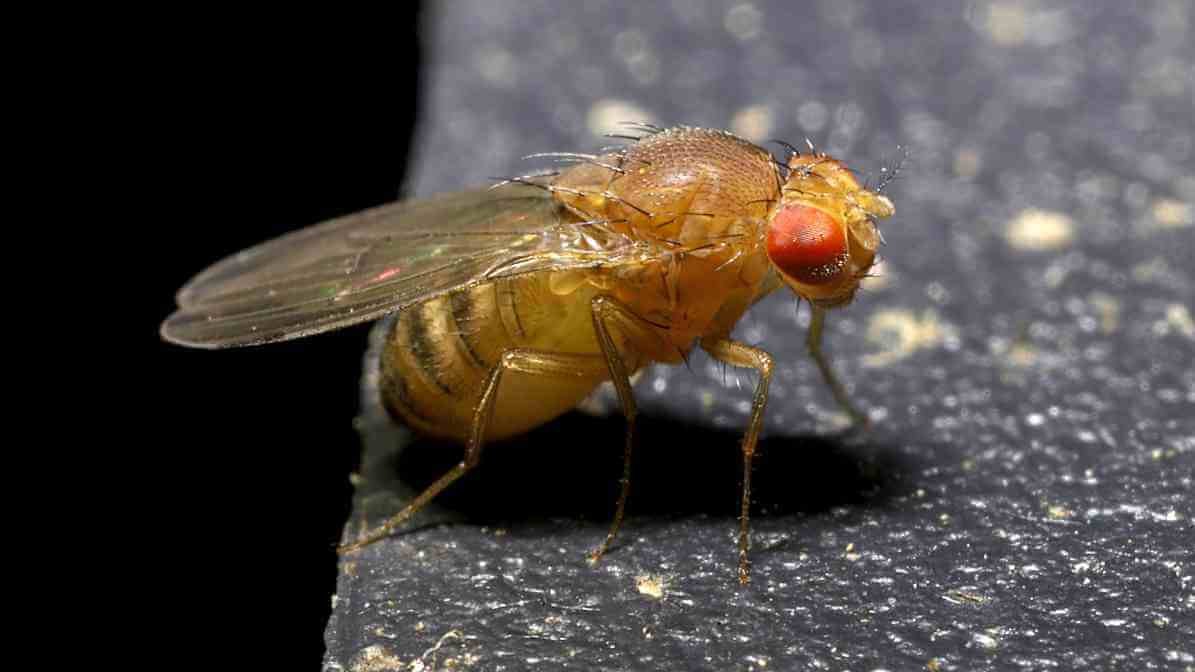
Appearance
Small flies with a distinctive red eye, often with a yellow or tan body; they are quick fliers.
Habitat
Indoors and outdoors, especially around fruits and vegetables in the pantry or garden.
DID YOU KNOW?
A single female fruit fly can lay hundreds of eggs in an organic material such as rotting fruit. With eggs hatch within 24 hours, leading to rapid population growth.
Cluster Fly (Pollenia spp.)
Size and Coloration
- Approximately 8 - 10 mm long in length, with a hairy body that is grey or black in colour.
Typical Habitat
- Breed in soil, particularly in rodent burrows or compost.
Notable Behaviour
- They tend to enter buildings in large numbers during cooler months, often clustering in corners or attic spaces.

Appearance
Larger and slower-moving than house flies, with a distinctive striped or hairy appearance.
Habitat
Prefer outdoor breeding grounds but tend to invade homes in large clusters seeking warmth.
DID YOU KNOW?
Though they are harmless, cluster flies are a nuisance during seasonal migrations. Often invading homes in large numbers, especially in cold rainy seasons.
Female Horse Fly (Tabanus spp.)
Size and Coloration
- Large, about 15 - 25 mm long in length, with dark or patterned bodies.
Typical Habitat
- Breeds in standing water, moist soil or muddy areas.
Notable Behaviour
- Famous for biting humans and animals. With adult female requiring blood meal for eggs to develop.
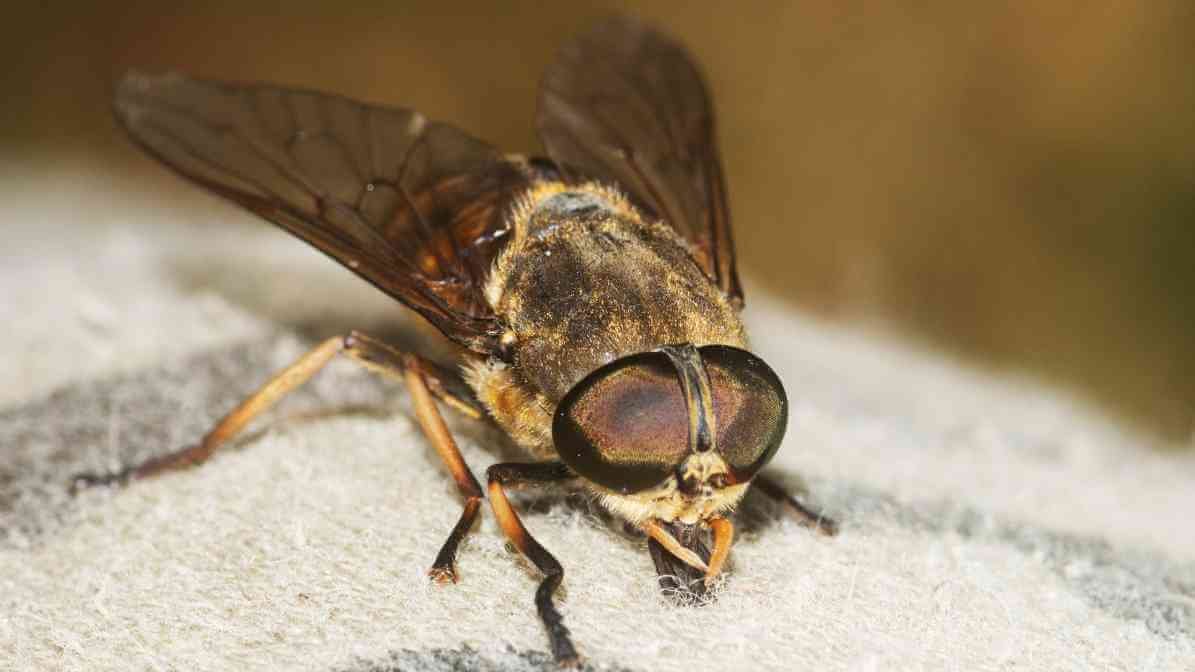
Appearance
Large, robust flies with biting mouthparts that is capable of delivering a painful bite.
Habitat
Common in rural and outdoor areas near ponds, marshes, and farm fields.
DID YOU KNOW?
Female horse flies can spread diseases, causing significant discomfort from painful bites. They are less of a household pest but prevalent in rural Malaysian areas.
Type of Flies Infestation Causes by The Environment Made Available to Host The Stages of Fly Development
The Fly Life Cycle: How Various Types of Flies Multiply in Your Home
Depending on the species and environmental conditions, the entire cycle completes in as little as 7-14 days. This leads to large numbers of flies if breeding sites are not manage well. Having the knowledge of their life cycle is essential. It helps with developing effective pest control strategies.
Eggs
Common breeding sites such as food waste, pet waste, trash feces or standing water.
Larvae (Maggots)
Hatch from eggs within 24-48 hours, larvae feed on organic matter, growing rapidly.
Pupae
Larvae develop into pupae, which are often hidden in breeding grounds.
Adults
Emerge from pupae, capable of entering homes through entry points and start the cycle anew.
Identifying Different Types of Flies, Breeding Sites and Protecting Your Premises
Types of Flies: Signs of Fly Infestation in Your Properties
Early detection can prevent large infestations. Watch for:
Large numbers of adult flies hovering around trash, food or drains.
Visible larvae or maggots in garbage or decaying organic matter.
Flies clustering around entry points or light sources.
Unpleasant odours from rotting waste or organic buildup.
Observe flying around the kitchen, pantry or bathroom or near the sinks and drainage.
Discover the Types of Flies in Malaysia and How to Prevent Fly Infestation
Health Risks Associated with Various Different Types of Flies Infestation
Flies are not just a nuisance; they are potential disease vectors:
Spreading Bacteria
They land on contaminated surfaces and food, transmitting pathogens.
Food contamination
Flies can lay eggs on exposed food, leading to the development of larvae.
Disease transmission
Flies can transmit illnesses like dysentery, cholera, typhoid and even cause intestinal myiasis. After ingesting contaminate food or water source. Larvae infest the gastrointestinal tract system causing discomfort.
Rid of House Flies and Various Types of Flies Species With Prevention Measures and Good Practices
Types of Flies: How to Effectively Manage and Rid of Fly Infestation?
Long-term pest control success hinges on a strategy. To rid of flies, you need to keep your place clean, block their entry points and use innovative pest control methods.
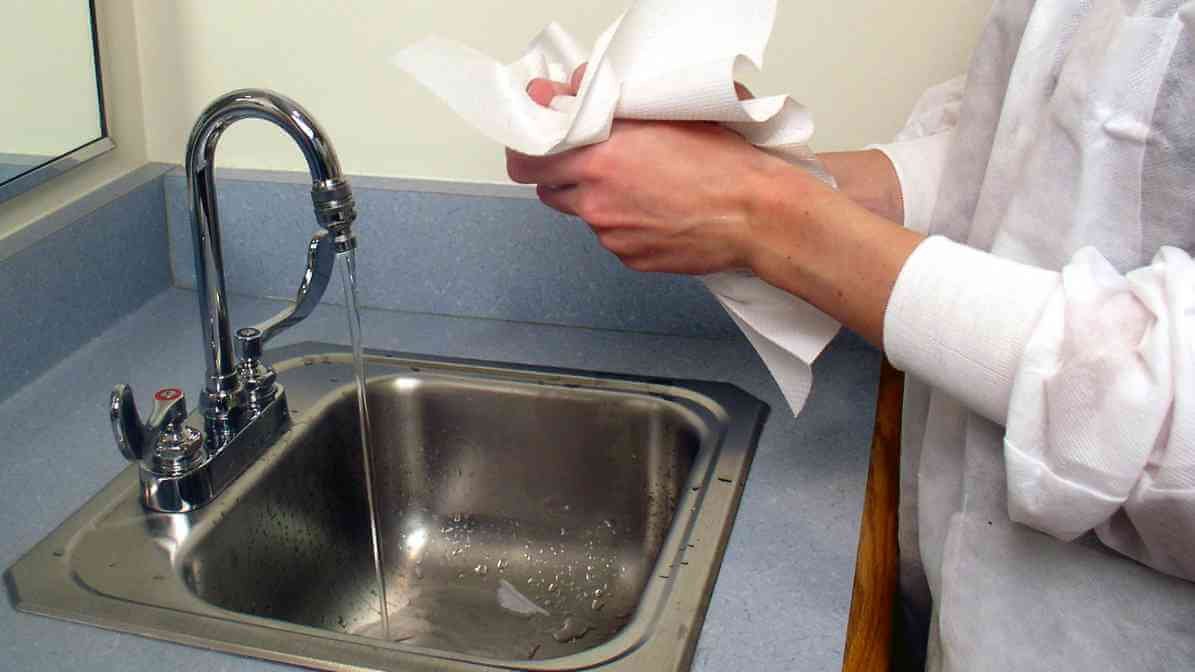



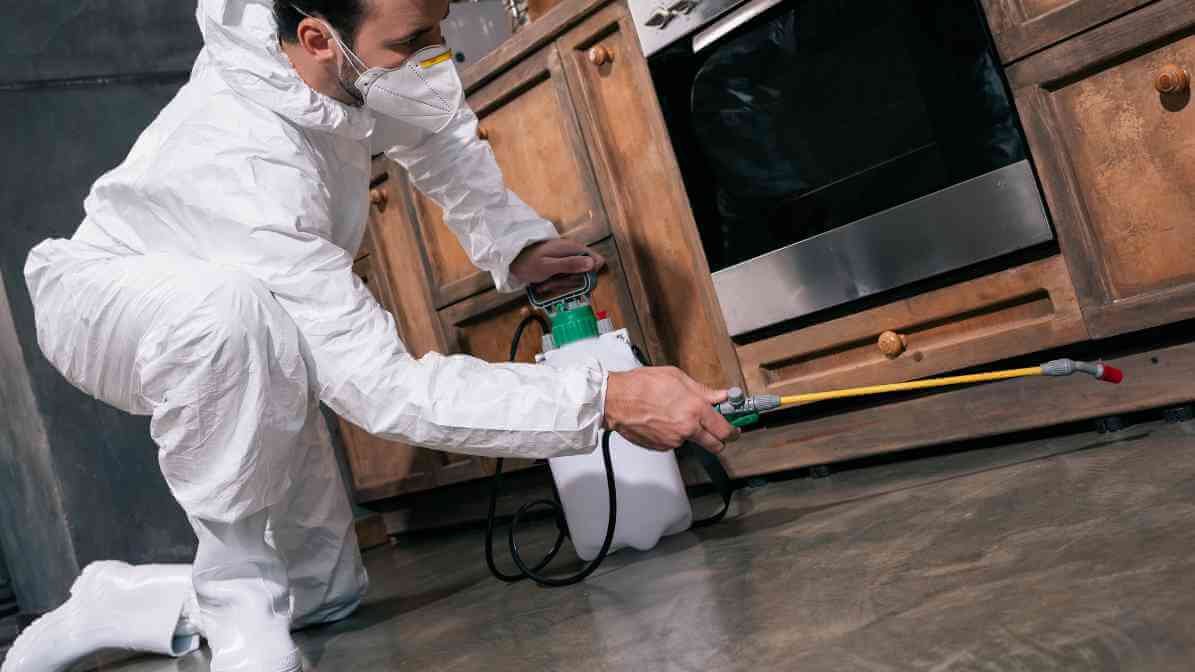
Maintain Proper Sanitation
- Dispose of waste properly: Use sealed trash cans and empty regularly.
- Clean and disinfect: Regularly scrub sinks, drains, and food prep areas.
- Remove breeding sites: Clear yard debris, standing water, and rotting organic matter.
- Pet waste: Clean up immediately to eliminate breeding grounds.
Seal Entry Points
- Install fine mesh screens on windows and doors.
- Repair cracks and gaps around the home’s exterior.
- Cover vents and utility openings with appropriate screens.
Manage Food and Waste Storage
- Store leftover food in secure airtight containers.
- Wipe spills and keep the kitchen counters clean and free of crumbs.
- Freeze overly ripe fruits or dispose of them promptly.
- Cover the trash bins tightly and clean the exterior regularly.
Use Mechanical and Biological Controls
- Fly traps: Use flypaper, ultraviolet light traps or baited traps.
- Natural repellents: Plant herbs like basil, mint or lavender around entry points.
- Biological agents: Introduce beneficial predatory insects, such as parasitic wasps, in outdoor breeding sites.
Professional Pest Control
If the pest problem persists despite your endless efforts. Contact Innovative pest control specialists. Our experts will:
- Conduct thorough inspections to identify breeding sites.
- Apply targeted insecticides inside and outside your property.
- We apply treatment to kill those that resides in hard to reach locations.
- Effective solution, cater to your needs to avoid recurrence.
Professional Fly Control Services
Innovative Pest Blog Summary
Effective solution requires deep understanding of the different types of flies species. The biology in lifecycle and causes of infestation. Common species include house flies, drain flies, fruit flies, cluster flies and horse flies, each with unique habits and breeding sites. Organic waste, standing water, pet waste and entry points attract flies and allow them to enter homes.
Managing fly infestations requires proper sanitation, sealing entry points, removing breeding sites and using traps or professional pest control. By maintaining cleanliness and implementing targeted strategies. Our specialists prevent large fly populations and protect your health from associated risks like spreading disease.


